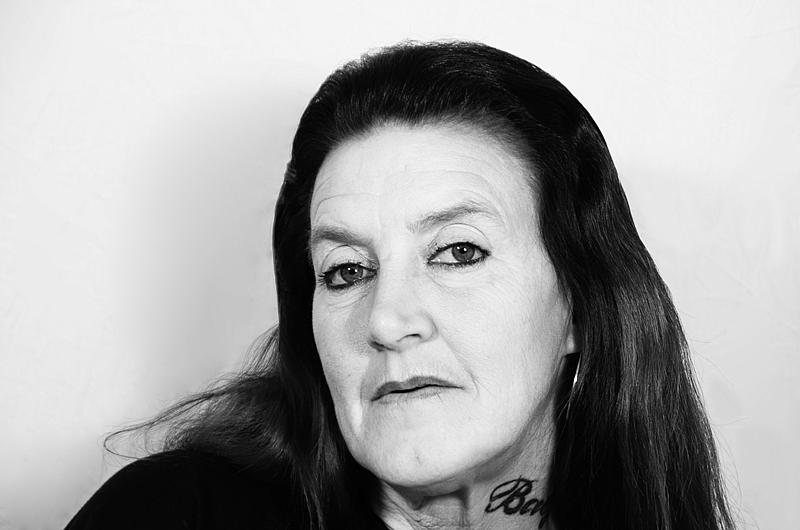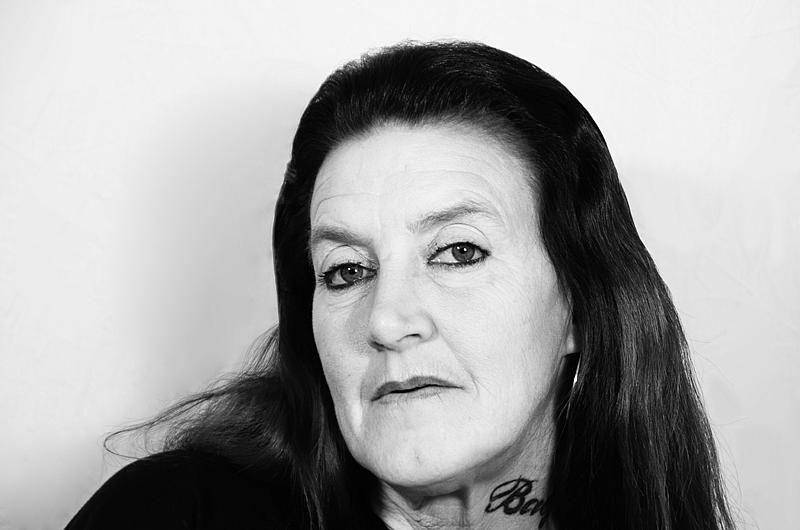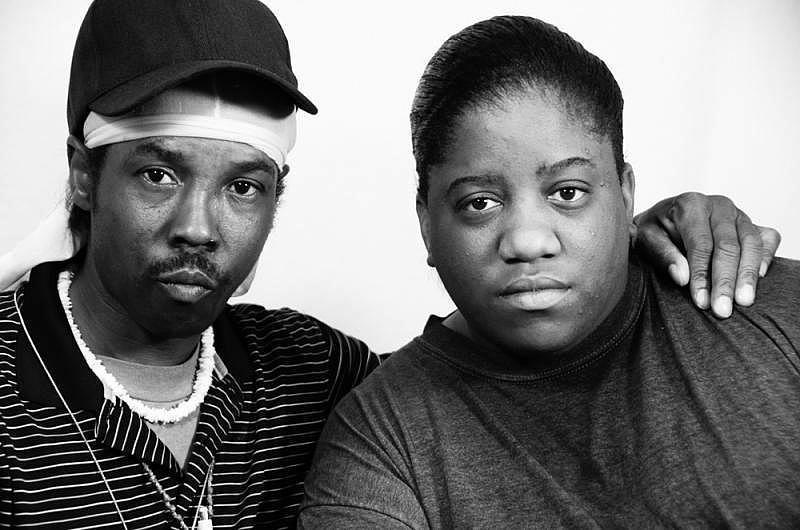Patient Portraits and Informed Consent: What Mental Illness Looks Like

I assembled my makeshift photo studio in a windowless office just big enough for a desk and two chairs. Wax paper covered the Home Depot work lights. Electrical tape held up the white sheet I had borrowed from my Modesto hotel room.
My subjects walked in one at a time and sat in the chair in front of the sheet, facing my camera and tripod.
Name. Age. Residence. Mental illness diagnosis. They rattled off their stats.

Each had been diagnosed with a mental illness, ranging from mild depression to schizophrenia. And they each found community and help within the walls of the Stanislaus chapter of the National Alliance on Mental Illness (NAMI).
The 12 black and white portraits ended up being one of the most popular galleries ever on the Modesto Bee website. The pictures in the print edition spanned two pages.
And they almost didn’t happen.
The participants were game. Eager. When I pitched my idea, they practically lined up to be photographed. They seemed enthused by the possibility of showing that mentally ill people were regular people, people who could hold jobs, go to school, parent and teach.
But NAMI is housed in a Stanislaus County building.
And, before the shoot, a county nurse saw my makeshift studio setup and got suspicious. Was I coercing people into being photographed? Was I tricking them into participating? Were they even able to give consent?
I was equal parts perplexed and angry. These folks were not in a hospital. They were not in jail. They did not have a guardian to speak on their behalf. They were consenting adults.
I felt certain I had explained everything clearly. Plus, we had been reporting the story for months. I had been to the NAMI office numerous times shooting photos for the project, which was scheduled to be published about two weeks from then. And, the project, for the most part, was about the mentally ill and how cuts to services had forced so many of them to lean ever harder on NAMI.
No matter. The county nurse insisted that we call her higher-ups to get permission to take the portraits. She was nervous we were violating a confidentiality agreement that I didn’t know existed.
I needed to get permission to get the participants’ permission.
The implication: These people are incapable of consenting.

And I was starting to doubt myself. Even if we got permission, was I exploiting mental health patients by plastering these people’s faces across the newspaper pages? Or was I doing just the opposite, helping to demonstrate that these were ordinary people - your friends, neighbors, co-workers - who needed to be seen as just that?
Was I sensitive enough in trying to show who they are, that they look like anyone and everyone, that they’re not scary or deformed or dangerous?
Through my self-doubt, anger and confusion, I did have some understanding of the nurse’s fears. If a family member found out that her mentally ill sister, for example, had been photographed for the newspaper without having given permission, would it somehow jeopardize the county’s reliability as a caregiver? Still, I felt like the nurse’s negative reaction played into the stigma I had heard many participants complain of. They aren’t seen as people with a disease, but as individuals who possess a weakness, a level of incompetence, who others need to supervise. This was a front row seat at the stigma show. And it was coming from people within the organization charged with helping people with mental illnesses.
My editor smoothed things over with the county. We typed up a permission slip so each person I photographed put down in writing that they knew we would publish their portrait in the Modesto Bee and online. The participants were all perfectly comfortable with the permission slip. They just wanted to know when the story would run. They wanted to know when their pictures would be in the paper, when their story would be told.
“I want people to get help that need help,” said Michelle Gustafson, one of the women I photographed. “When you suffer with something like depression, you have a hard time getting up in the morning. It’s even harder to get up and find help to make it go away.”

